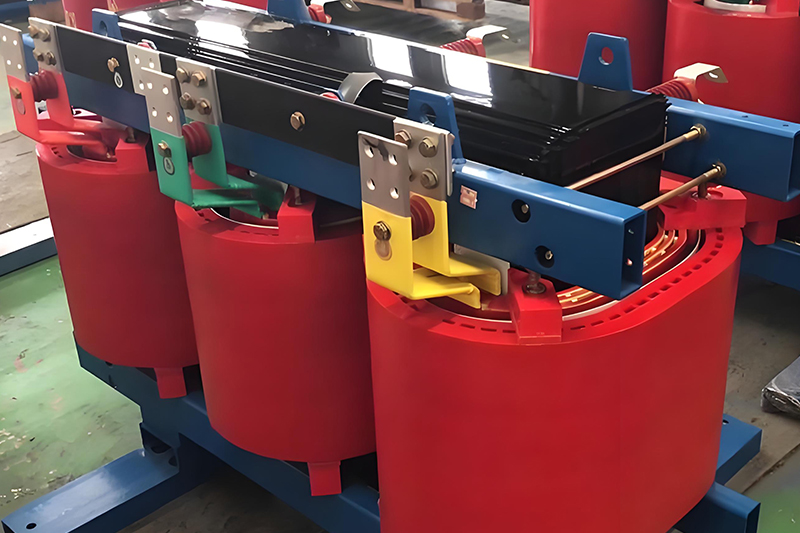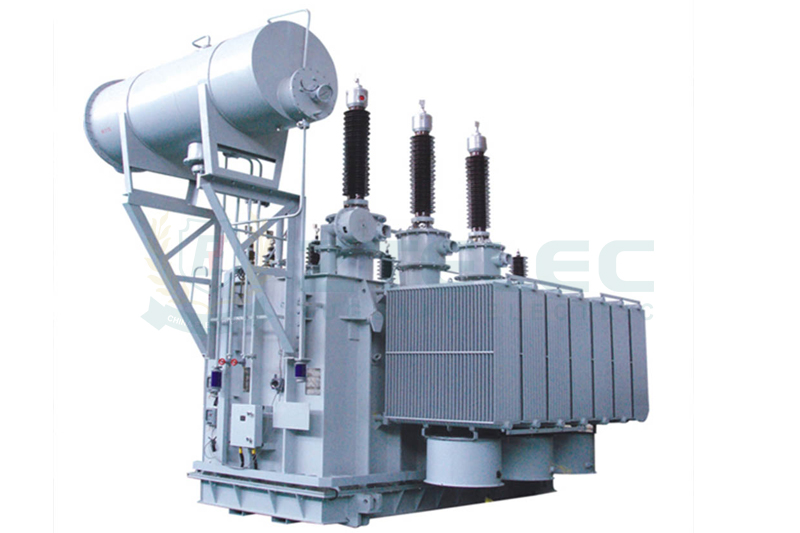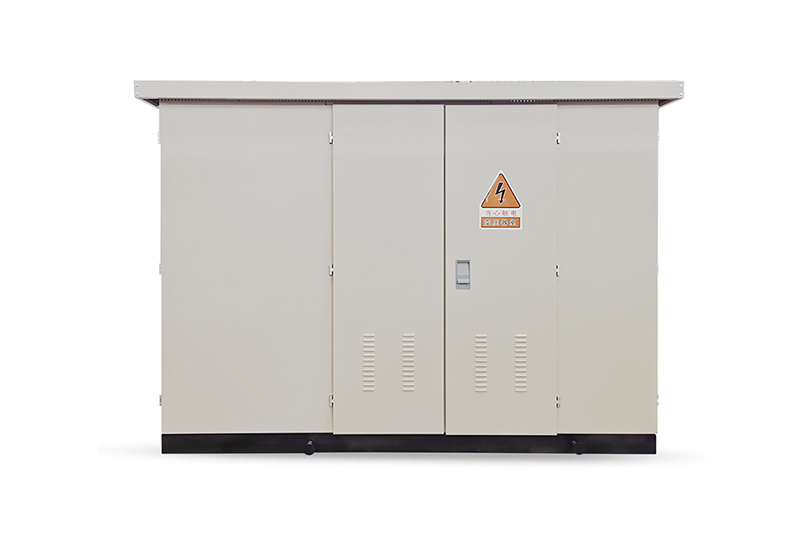10kV Dry-Type Transformer Price Guide: How to Balance Cost and Performance
Time:2025-06-24 Auther:ZTelec-www.ztelectransformer.com
10kV dry-type transformers are widely applied in modern power distribution systems due to their safety, eco-friendliness, and maintenance-free design. They are commonly found in industrial plants, hospitals, commercial complexes, and data centers. However, buyers often face a key challenge: how to strike the right balance between performance and budget? This article provides an in-depth breakdown of the pricing structure and influencing factors of 10kV dry-type transformers to guide smart procurement decisions.

Current Price Range of 10kV Dry-Type Transformers
The most commonly used models in today’s market include the SCB10, SCB11, SCB13, and SCB18 series. Their prices vary significantly depending on rated capacity, energy efficiency level, configuration, and brand. Below is a general pricing overview:
500kVA: Approximately RMB 50,000–90,000
1000kVA: Approximately RMB 80,000–150,000
1600kVA: Approximately RMB 120,000–200,000
2500kVA: Approximately RMB 180,000–300,000
6 Key Factors Influencing the Price of 10kV Dry-Type Transformers
1. Winding Material
Copper Windings: Known for excellent conductivity and corrosion resistance, copper is about 30%–50% more expensive than aluminum. It’s ideal for high-reliability applications where long-term stability is crucial.
Aluminum Windings: More cost-effective and lightweight, aluminum is suited for budget-sensitive projects. However, its lower conductivity often requires larger windings, which may not be suitable for compact spaces.
2. Core Material
Standard Silicon Steel: Suitable for most general-purpose installations with a lower procurement cost.
High-Permeability Silicon Steel (e.g., Z11): Although slightly more expensive, it significantly reduces no-load losses, making it a smart long-term investment for energy-intensive facilities.
3. Insulation System
Epoxy Resin (Class F/H): The mainstream insulation choice offering a good balance between performance and affordability. Suitable for standard operating conditions.
Nomex Paper: Offers excellent heat resistance (up to 220°C) and is ideal for high-density, high-temperature environments. However, its cost is about double that of epoxy systems.
4. Energy Efficiency Grade
High-efficiency models (e.g., SCB18) are typically 20%–35% more expensive than lower-efficiency units but deliver significant long-term savings by reducing power loss. They are particularly cost-effective for users with large or continuous energy loads.
5. Capacity and Voltage Rating
Transformer cost increases proportionally with capacity. Additionally, if a 35kV transformer is selected instead of a 10kV unit, the price may increase by 2 to 3 times due to higher insulation and engineering standards.
6. Special Functions and Custom Features
Customized options such as on-load tap changers, explosion-proof designs, or anti-corrosion coatings can increase transformer costs by 10%–50%, but are necessary for harsh or complex application scenarios.

How to Choose a 10kV Dry-Type Transformer: Balancing Budget and Performance
1. Define Power Requirements Precisely
Conduct accurate load assessments based on application scale and type. Select appropriate capacity to avoid underload or overload, helping to minimize both electricity expenses and long-term maintenance.
2. Match Voltage Parameters
Ensure the transformer’s input and output voltage levels align with system requirements. Proper voltage matching enhances energy efficiency and system compatibility.
3. Align with Load Characteristics
Identify the load type—resistive, inductive, or mixed—and select winding configurations and magnetic circuits accordingly to ensure operational stability and optimal performance.
4. Consider Environmental Adaptability
Evaluate environmental factors such as humidity, ambient temperature, and corrosiveness. Choose suitable protection levels and insulation systems to ensure durability and safety.
5. Factor in Space Limitations
Account for the physical dimensions of the installation site. Use the compact design advantages of dry-type transformers to plan for future maintenance and space optimization.
6. Prioritize Energy Efficiency
Choose models with higher energy efficiency ratings, which help lower long-term operational costs. Check product datasheets for load loss, no-load loss, and efficiency benchmarks.
7. Choose Trusted Brands with Reliable Support
Reputable manufacturers offer higher-quality products with proven reliability, better technical documentation, and faster response times for after-sales support.
8. Ensure Compliance with Safety Standards
Select transformers that meet national and international safety regulations and are equipped with essential protections like overload, short circuit, and overtemperature safeguards.
Making the Right Trade-Off
The price of a 10kV dry-type transformer reflects a complex combination of materials, technical performance, customization options, and lifecycle costs. Buyers must base their decisions not only on initial cost but also on long-term value, reliability, and energy efficiency.
By fully understanding the key pricing factors and evaluating your specific project needs, you can achieve the ideal balance between budget and performance. Keeping an eye on market trends and policy developments can also help uncover cost-effective procurement opportunities and improve investment returns.




